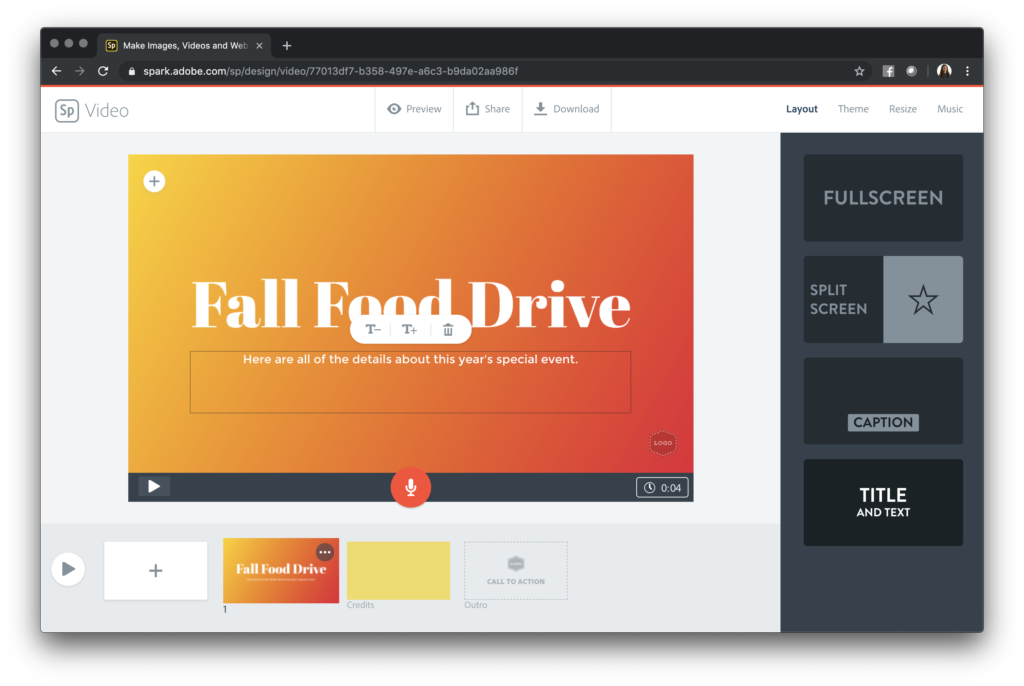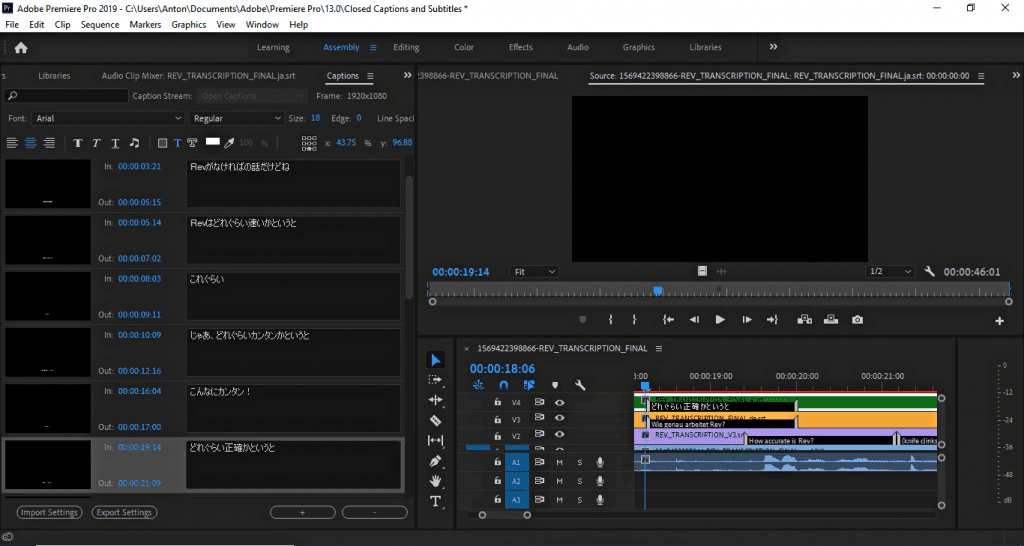

The captions could be enough to draw them in. These are better for Instagram, TikTok, or Facebook videos that people might be scrolling over without sound. These are useful for Vimeo or YouTube videos that you expect people to watch on large screens with the sound on. Closed captions are captions viewers can turn on and off. A few years later, Belgian filmmakers developed the method of etching captions directly onto the film print.Ĭaptions often include descriptions of other sounds in the audio track, like music, laughter, or ambient noise, so viewers who can’t hear the audio can still follow and enjoy the action. In 1947, deaf actor Emerson Romero invented captioning by inserting text frames between film frames to benefit those with hearing impairments.


Soon after the development of sound films, filmmakers began subtitling to translate dialogue or narration into different languages.Ĭaptions, however, were developed for viewers who could read the language but not hear it. You’ve just made your final cut, but you’ve got one more job to do to make sure as many people as possible can enjoy your video: Add subtitles or captions.Īlthough people use the terms subtitles and captions interchangeably, they began as two separate entities. Subtitles, open captions, and closed captions.


 0 kommentar(er)
0 kommentar(er)
